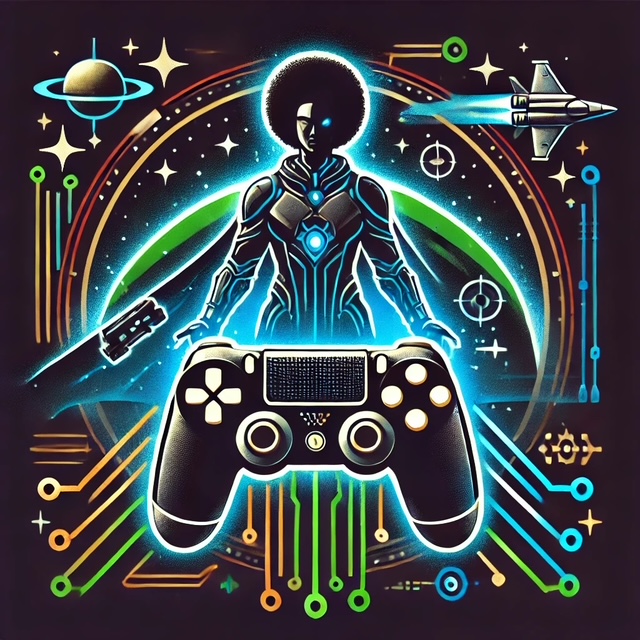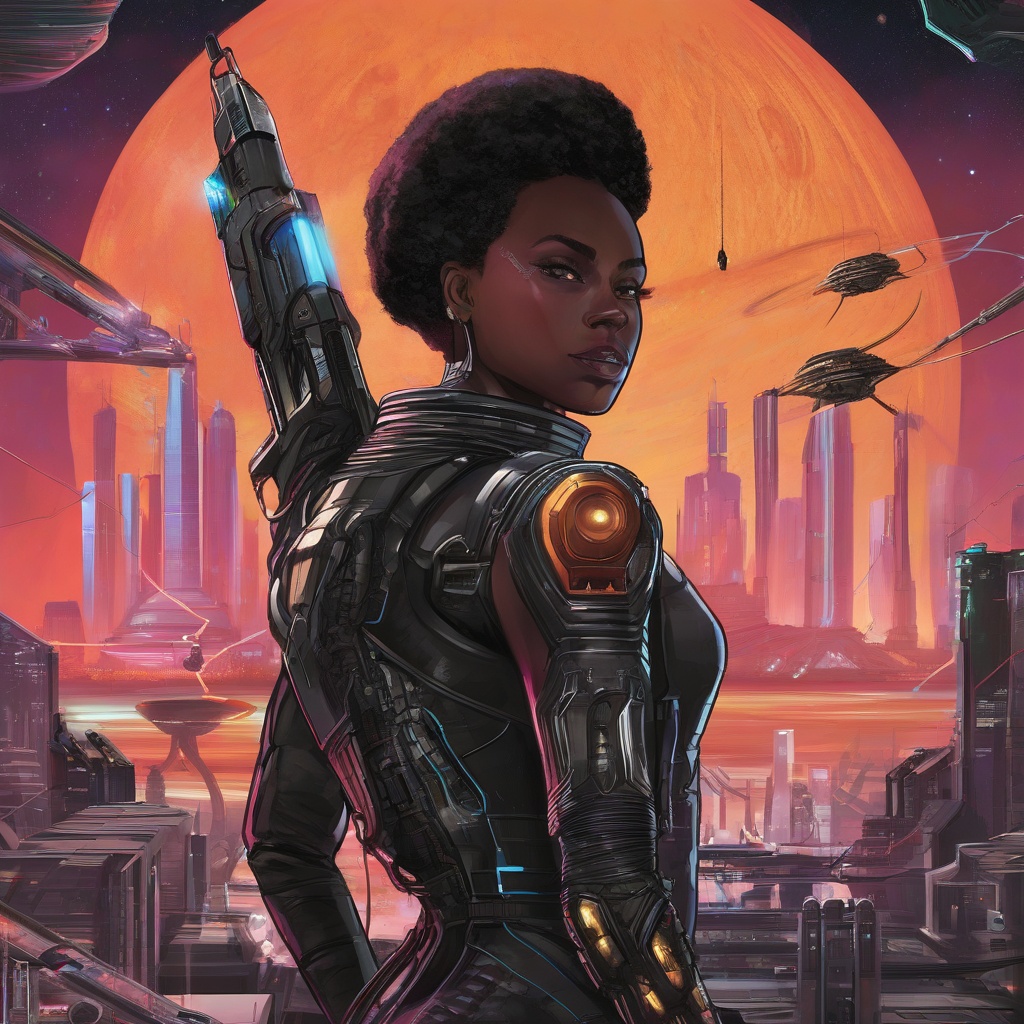The gaming industry, one of the most vibrant and evolving sectors, has seen immense growth in recent years. As more people from diverse backgrounds engage with gaming, the need to embrace diversity and inclusion becomes more urgent. However, navigating these challenges is no easy feat. This article delves into the challenges the gaming industry faces and the steps needed to prioritize inclusion.
Challenges in Diversity and Inclusion
- Underrepresentation of Marginalized Groups While the gaming community includes players from a wide range of ethnicities, genders, and cultural backgrounds, the same cannot be said for those behind the creation of games. Game developers, writers, and designers from marginalized communities often remain underrepresented, resulting in games that fail to reflect the full spectrum of the audience. This lack of representation limits the range of stories being told and perpetuates stereotypes.
- Toxic Gaming Culture Toxicity within gaming environments, particularly towards women, people of color, and the LGBTQ+ community, continues to be a significant barrier. Harassment and exclusionary behavior within multiplayer games, forums, and social media spaces push many gamers from diverse backgrounds away from the community, discouraging their participation.
- Stereotypes in Game Content When diverse characters are included in games, they are often reduced to stereotypes, misrepresenting the complexity of their identities. For example, Black characters may be portrayed as violent or hyper-masculine, and female characters are frequently sexualized. Such depictions perpetuate harmful norms and limit the scope of diversity within gaming narratives.
Strategies for Promoting Inclusion
- Hiring Diverse Talent One of the most effective ways to ensure authentic representation in games is to hire diverse talent within development teams. Diverse creators bring unique perspectives that can shape more inclusive and representative content. Encouraging more people of color, women, and LGBTQ+ individuals to pursue careers in game design, writing, and leadership positions will create a more balanced workforce.
- Incorporating Inclusive Storytelling Game developers need to prioritize authentic storytelling that reflects the diversity of human experiences. Consulting with cultural experts and communities is crucial when crafting narratives that represent different races, genders, and sexual orientations. This leads to games that resonate with a wider audience and promote empathy through diverse storylines.
- Fostering Positive Gaming Communities Game companies can play a pivotal role in curbing toxic behavior by implementing policies that discourage harassment and promote inclusivity. Tools like moderation systems, reporting mechanisms, and community guidelines can help create safer spaces for players from all backgrounds. Fostering positive and inclusive communities encourages participation from marginalized groups.
- Highlighting Role Models in Gaming Featuring diverse streamers, influencers, and industry leaders in gaming events, tournaments, and media can inspire younger generations to see themselves reflected in the industry. Highlighting the contributions of underrepresented communities helps break down barriers and challenges preconceptions about who belongs in gaming.
Diversity and inclusion are crucial for the gaming industry’s continued growth and relevance. By addressing the challenges and prioritizing diversity, the gaming world can become a space where everyone feels represented, valued, and welcome. Through intentional steps like hiring diverse talent, promoting inclusive storytelling, and fostering positive communities, the industry can take significant strides toward embracing the full spectrum of humanity.


